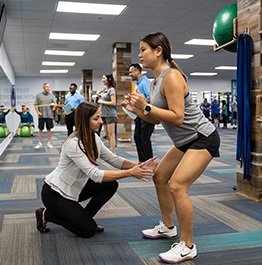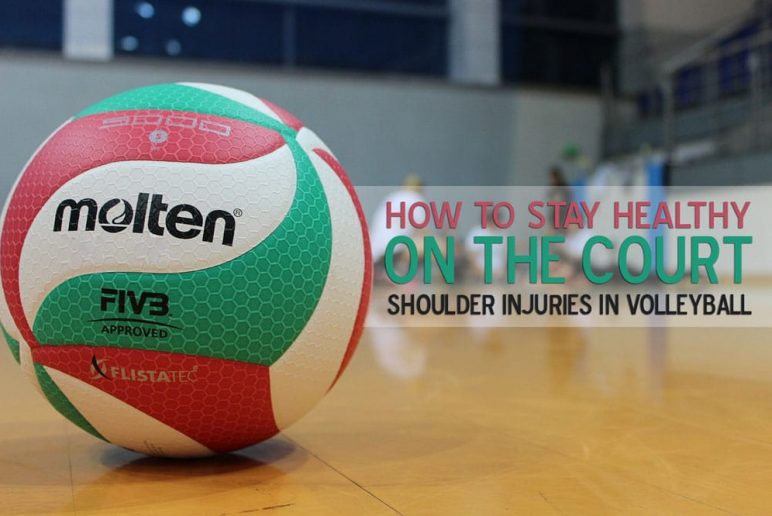
How to Stay Healthy on the Court: Shoulder Injuries in Volleyball
September 29, 2015The frequency and intensity of sports have increased over the years leading to increased injuries. It amazes me how much has changed since I was playing high school and collegiate volleyball (I mean come on, I’m not THAT old!). With the increase in frequency, athletes are not allowing their bodies adequate rest time with jumping from high school, to club and back again with very little to no rest in between seasons. Of particular concern, are the front row overhead athletes.
Overhead Athletes
Overhead athletes are at risk for shoulder injuries, secondary to the repetitive hitting motion they make with spiking the ball down in the opponents court. Rotator cuff tears and impingements are most common for this group. I myself suffered a short stint of impingement in my hitting shoulder during my sophomore season in college and take it from me, it hurts! So…let’s help you prevent this from happening!
Take the Time to Perform a Proper Warm Up
Going out and taking big hits with a shoulder that is “cold” or not warmed up is dangerous and can lead to injury. Take control of your shoulder health and begin your practice (or prior to practice) with some forearm passing, dynamic warm up, and with <50% max swings during pepper with a partner or against a wall.
Foam Roller
Perform a pec stretch and swims using the foam roller to help open up the front of the chest. Due to the high number of swings a hitter takes during volleyball, one can become tight in their chest. Performing exercises to improve flexibility of these muscles will reduce the risk of injury to the shoulder.
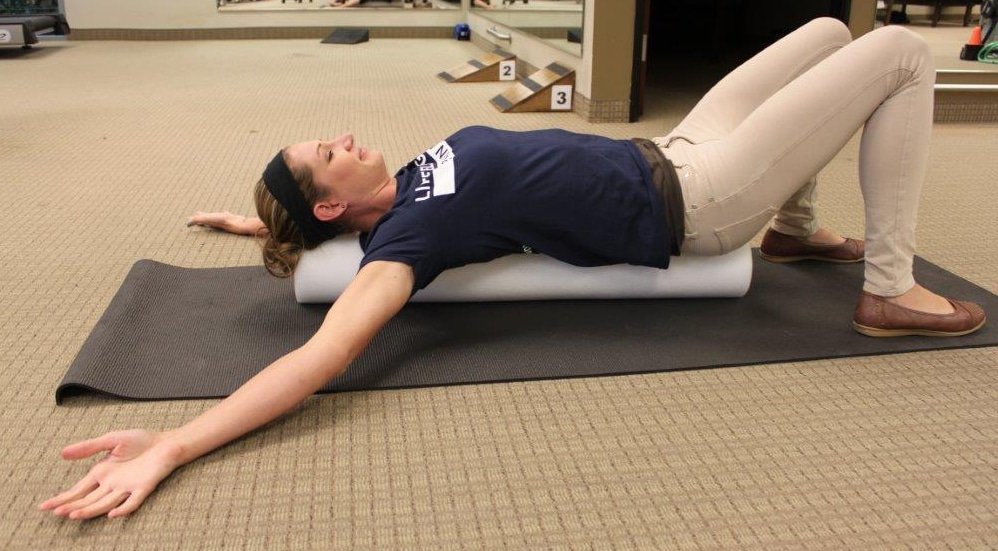
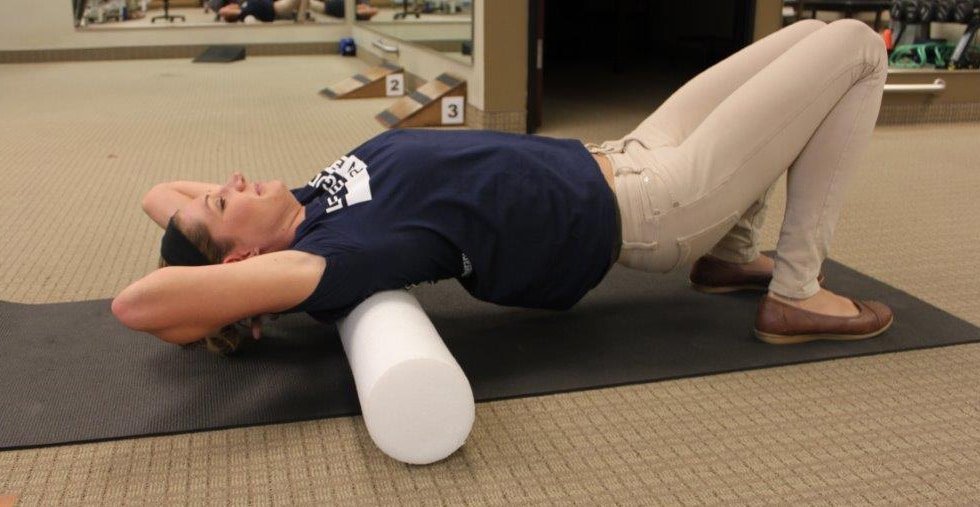
Theraband
Perform internal rotation (IR) and external rotation (ER) using a theraband to provide resistance and improve strength of the rotator cuff muscles (the muscles that help to stabilize the shoulder joint). In addition, one can use the theraband for a middle row exercise to improve scapular strength, which will help to improve stability of the shoulder and shoulder blade.
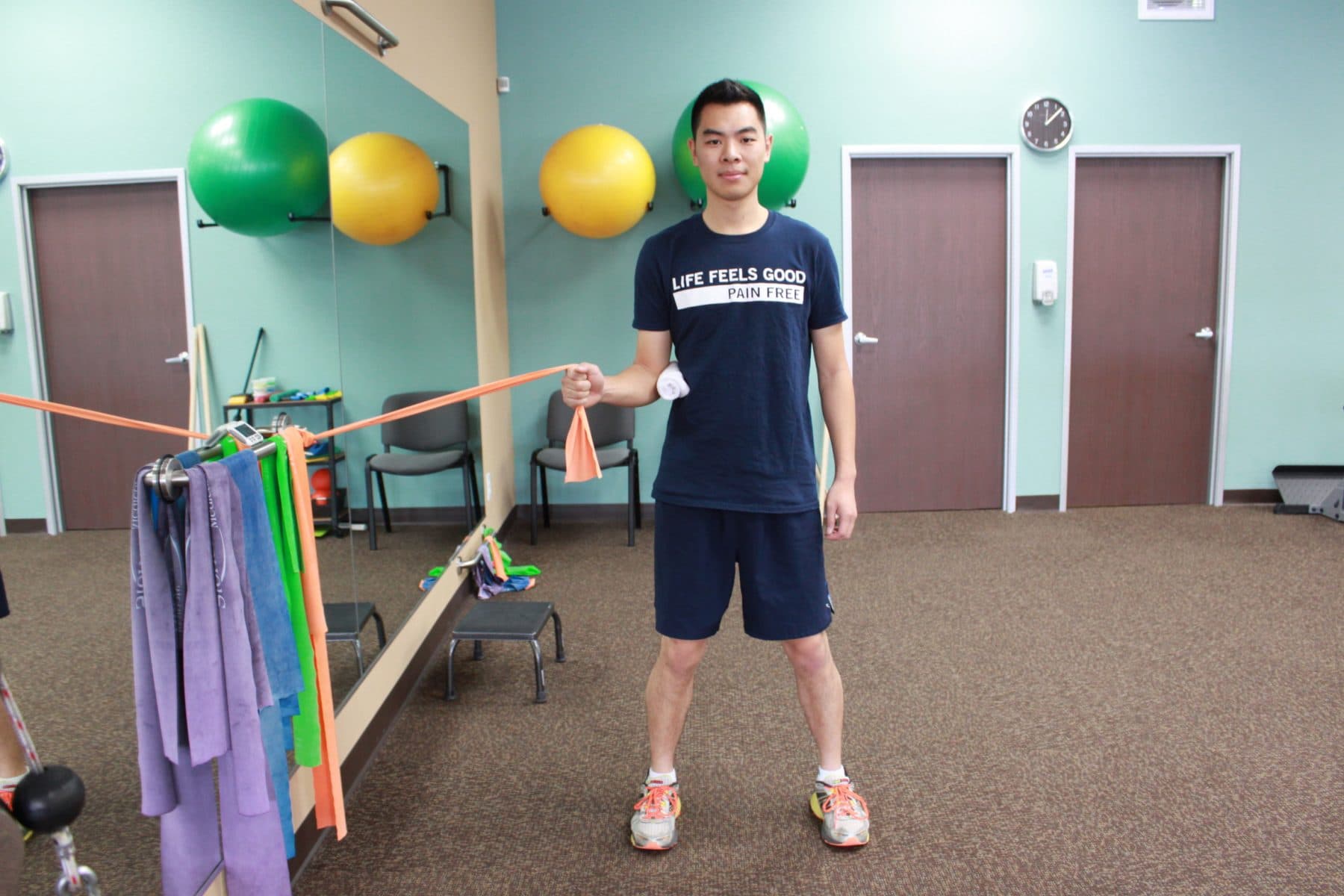
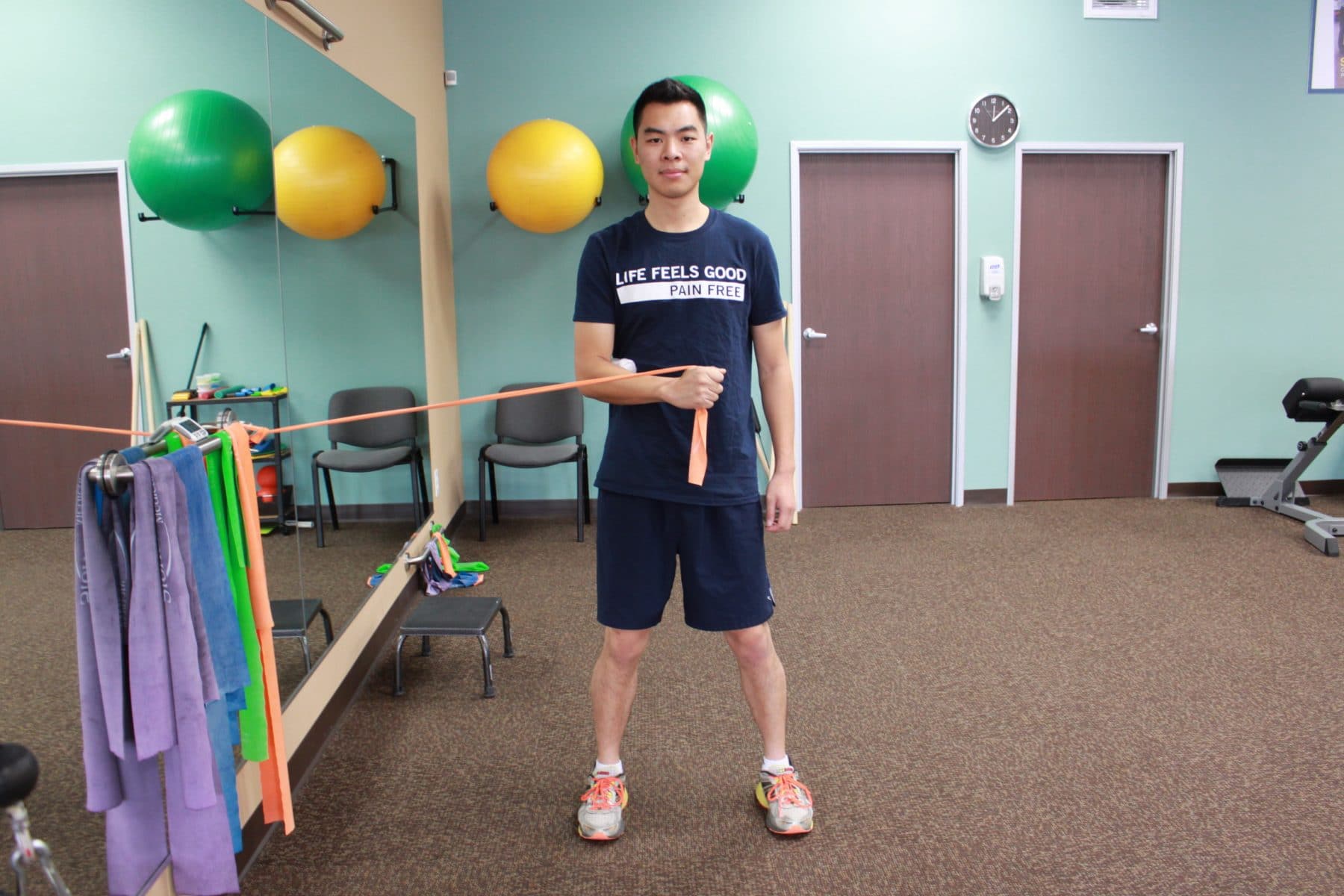
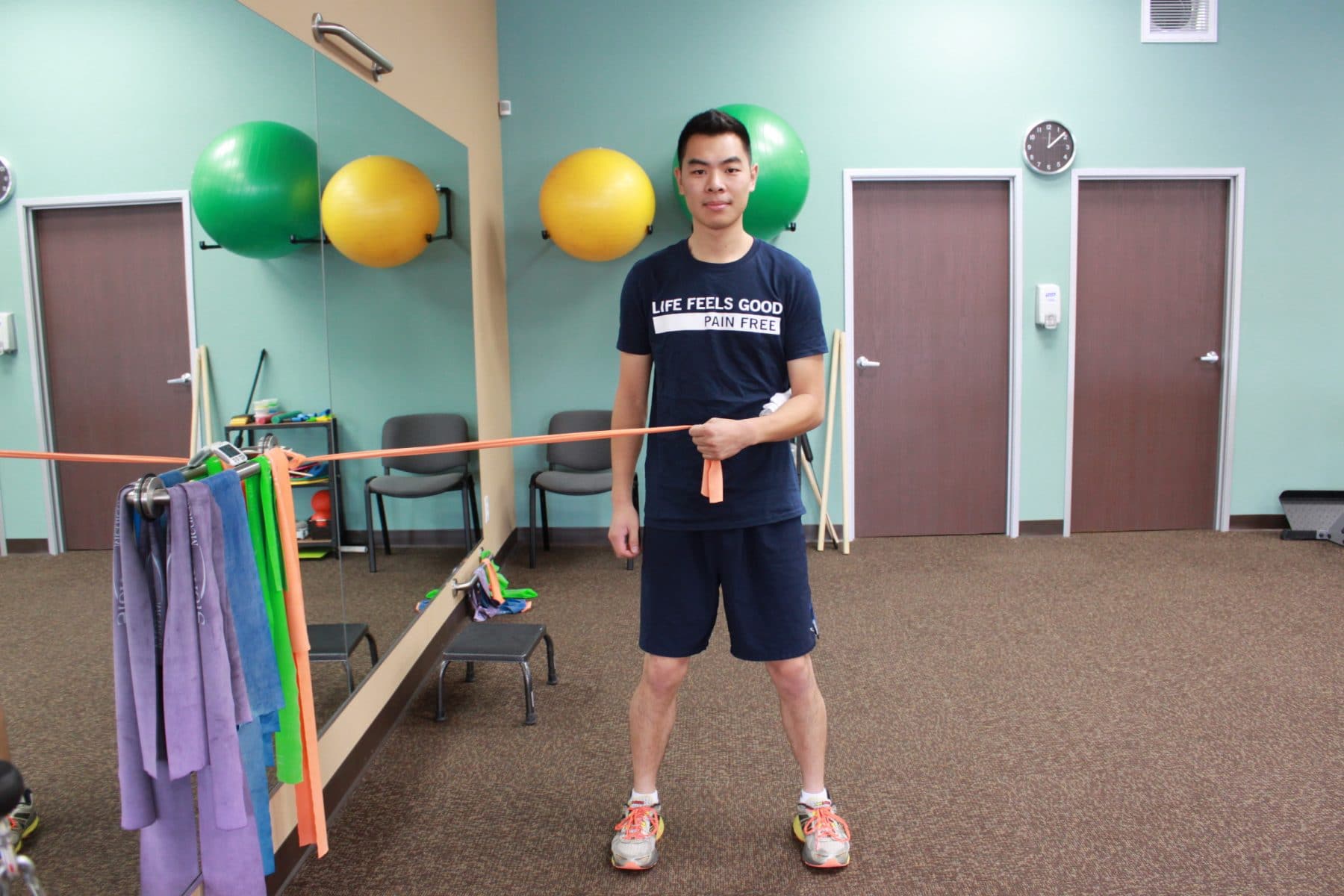
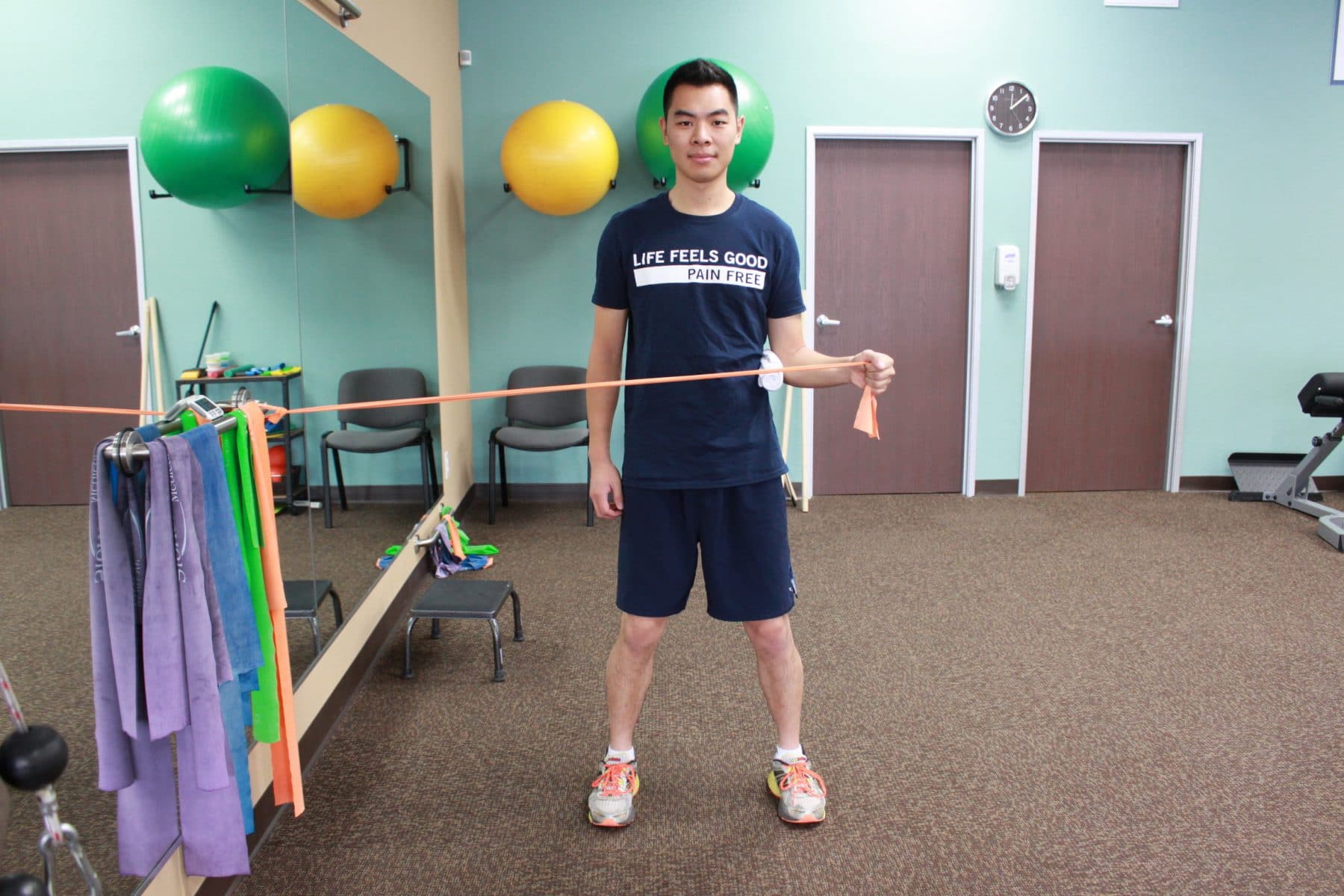
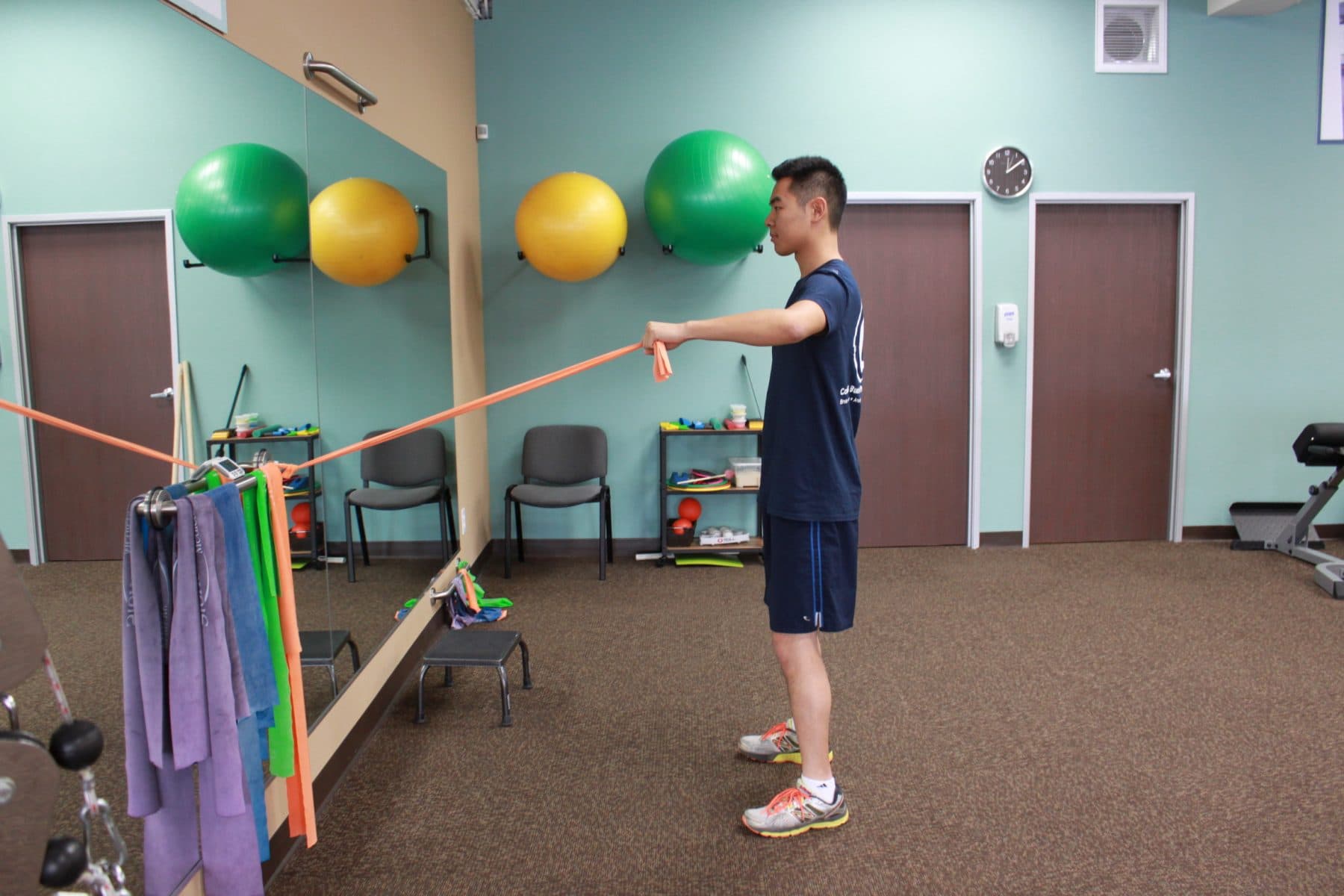
Summary
Utilizing these 3 steps will help to reduce and prevent the likelihood of one developing a rotator cuff injury during volleyball activities. As a hitter, the worst thing is sitting on the sidelines or being told you can only play back-row and pass – “coach, we want to hit!!” Take 15 minutes per day and perform these exercises, then let me know how your volleyball game has improved. Are you concerned you may be at risk for this injury? If so, contact me at info@cbphysicaltherapy.com or schedule a FREE assessment with our expert physical therapists.
Take the Next Step
If you’re concerned that you’re at risk for this injury, sign up for a free assessment:
Reader Interactions
Leave a comment
You must be logged in to post a comment.




